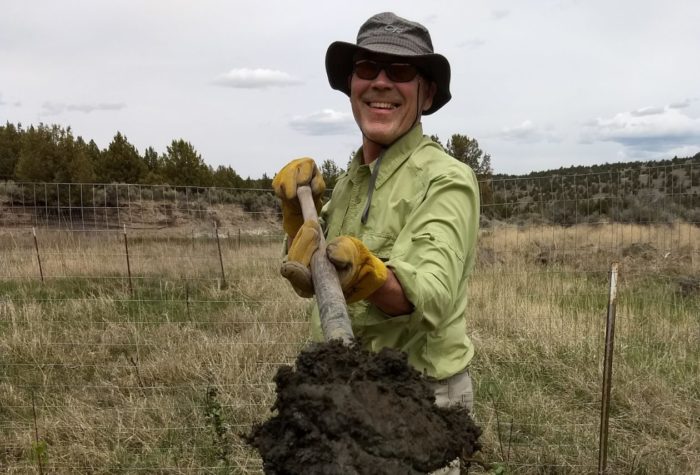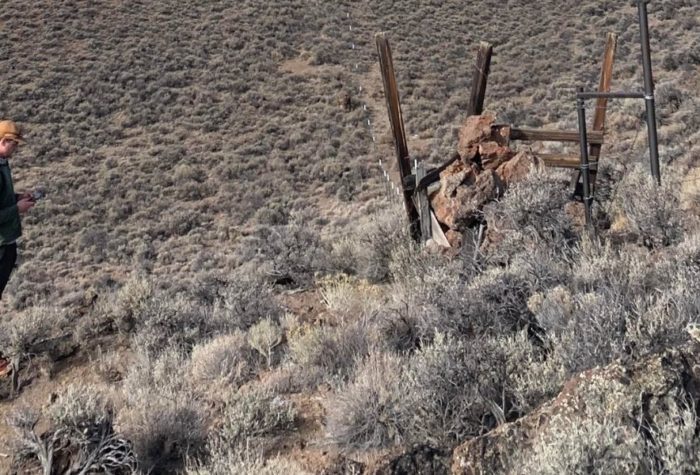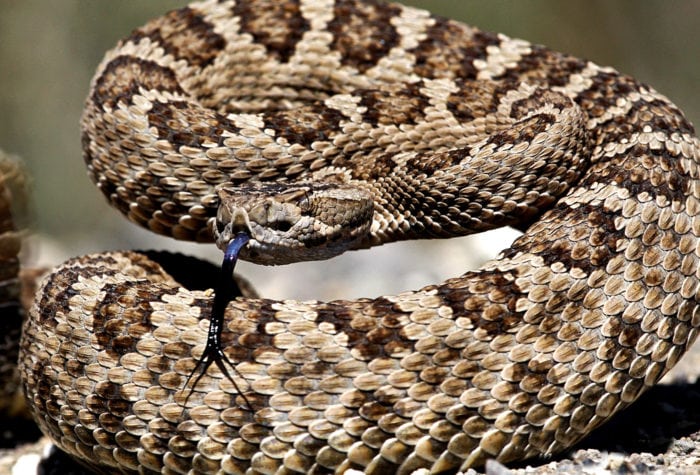Author: Renee Schiavone | Published: November 9, 2023 | Category: Where-To
This article originally appeared in The Source on November 8, 2023.
Where to find vibrant autumn leaves igniting eastern Oregon’s waterways
Following a relentlessly smoky summer in Bend, a clean fall breeze recently reminded of all things good in the world. In one word: fall. In many words: the temperature dropping just slightly, leaves rustling on trees, flecks of red and gold peeking out from a sea of evergreens. They’re nature’s haptics stimulating our senses, bringing life back into the air and sending us invitations to witness the greatest show of the year, marking the end of smoke season. If you haven’t gotten this feeling yet, don’t worry, your invitation wasn’t lost in the mail. I’ll let you in on where and how to watch it unfold in Oregon’s high desert.
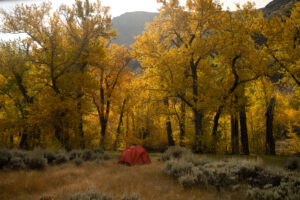
Steens Mountain: Big Indian Gorge
Perhaps the most popular region of Oregon’s high desert to visit in autumn is Steens Mountain – and for good reason. Trees such as aspen, cottonwood, hackberry, chokecherry and willow put on a spectacular show, warming the banks of chilly waterways with autumnal tones.
While there are a multitude of impressive locations within the Steens to see fall colors, this is the perfect time of year to backpack into Big Indian Gorge and camp among glaciated gorges, waterfalls and hanging valleys. Almost immediately you’ll spot yellow cottonwood trees, which may be seen for miles due to their stature as our tallest deciduous trees, often found along waterways. In these riparian areas, it’s also common to see the colorful foliage of net-leaf hackberry, chokecherry and bittercherry. While earlier in the year chokecherry are white and floral, by the fall they’ve produced and dropped fruit, leaving behind salmon-colored leaves. However, you’ll undoubtedly find the brightest of fall colors if you look up – rising above the gorge, you’ll find quaking aspen on the higher points of Steens Mountain. Known for their delicate leaves that “quake” or tremble in the breeze, these beloved trees turn a striking golden yellow in the fall. Since they grow in dense colonies made up of several types of clones, you’ll often find a variation of color in a relatively small area, from bright yellow-green to orange and even rust.
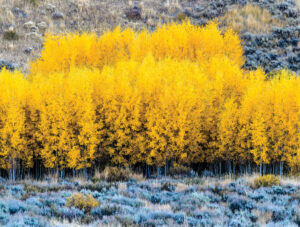
Greater Hart-Sheldon: DeGarmo Canyon Waterfall
The aspen groves that pepper the Greater Hart-Sheldon landscape of southeastern Oregon mean the fall season is particularly spectacular. Within the Hart Mountain National Antelope Refuge, a particularly stunning area to explore is DeGarmo Canyon. Take a hike up the mouth of the canyon leading a short distance to a 30-foot waterfall lined with stunning, changing aspen. Adventurous hikers can continue up the canyon past the waterfall for more color and a chance to reach the 8,000-foot peak of Hart Mountain, or venture onward to the Hot Springs Campground to soak away sore muscles surrounded by fall foliage.
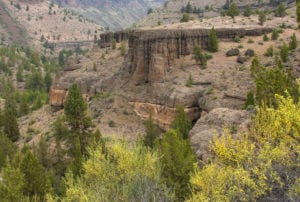
Central Oregon Backcountry: Lower Whychus Creek
Against the rushing rapids and sultry rock bottoms of Oregon’s desert rivers, the transformation of autumn leaves is vibrant and crisp at the confluence of Whychus Creek and the Deschutes River.
Located just one hour outside of Bend, Alder Springs sits on the Lower Whychus Creek – a local high desert oasis. The trail starts at the top of the Whychus Creek Canyon and descends gradually to the creek, with panoramic views of the Cascades, towering rock formations and the rushing waters of Whychus Creek below. At 1.5 miles, hikers reach Alder Springs, which is so large that many people mistake it for Whychus Creek itself. In the fall, you’re surrounded by dense, colorful vegetation alongside cool gushing water. The creekside offers the cool shade of towering ponderosas, many rocks to enjoy a picnic, rapids to gaze upon, and additional hiking options should you choose to continue your exploration to the actual Whychus Creek or all the way to the Deschutes River.
— Renee Schiavone is the Communications Manager at Oregon Natural Desert Association, a nonprofit that protects and restores Oregon’s high desert public lands and waters. Read more of her work at onda.org/author/rschiavone.
